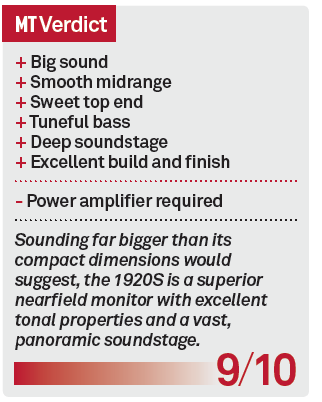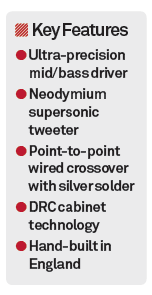MAD 1920s Monitors Review
MAD grows its range of passive studio monitors with a lower-cost offering than its last. John Pickford is all ears. Details Price £2,350 Contact – My Audio Design – 020 8123 9789 Web www.madengland.com Amazon.co.uk Widgets My Audio Design – MAD, as they are commonly known – make some of the most respected hi-fi loudspeakers available today. Now, following […]

MAD grows its range of passive studio monitors with a lower-cost offering than its last. John Pickford is all ears.
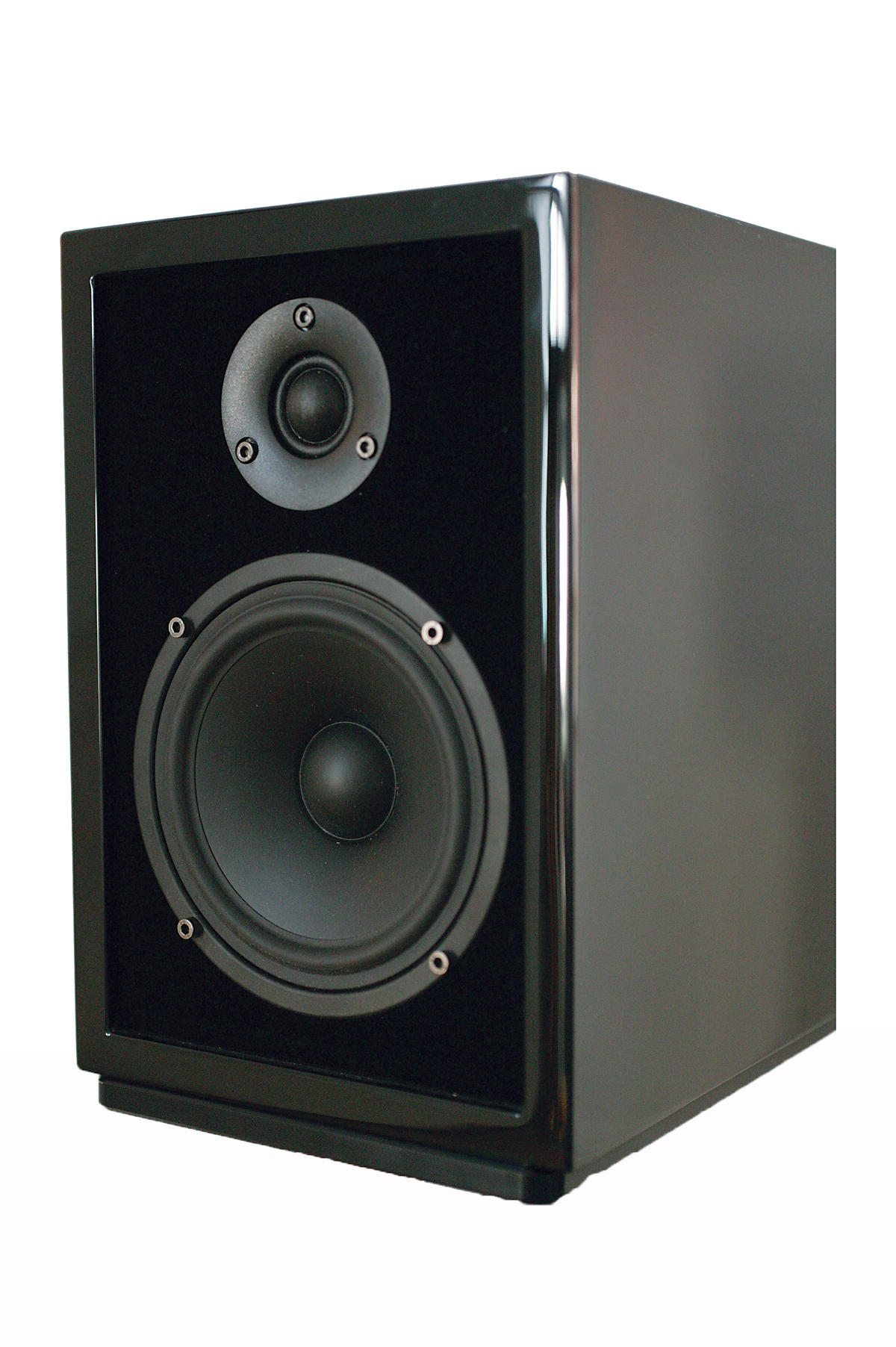

Details
Price £2,350
Contact – My Audio Design – 020 8123 9789
Web www.madengland.com
My Audio Design – MAD, as they are commonly known – make some of the most respected hi-fi loudspeakers available today. Now, following the success of the Grand MS studio monitors (winner of a coveted MusicTech Excellence Award) the company is extending its range of audiophile-grade monitoring systems.
The 1920S is a compact 2-way passive design of similar proportions to the classic BBC LS3/5a, arguably the most revered of all mini-monitors. Although the 1920S is roughly the same height and width as the BBC design, it’s a good deal deeper, featuring a bass-reflex port at the rear.
In recent times, active speakers with built-in amplifiers have monopolised the studio monitor market at the expense of high-quality passive designs. While there’s a lot to be said for the convenience of active monitors, many of them display similar sound characteristics – namely, a forward, stark and bright presentation with tight, lean bass. This type of sound is sometimes described as ‘accurate’ and ‘truthful’ although, in all honesty, the torrent of detail retrieval is often the result of lower treble emphasis.
The 1920S takes a different approach, sounding rich, fulsome and far bigger than the size would lead you to believe. One visitor to our studios thought he was listening to our huge ATC main monitors with their 12-inch (31cm) bass drivers, when we were actually using the diminutive 1920S.
Each monitor features two drivers: an ultra-precision 145mm mid-bass unit coupled with a 22mm neodymium supersonic tweeter that reaches all the way up to 40kHz. The crossover frequency is 2kHz and sensitivity is quoted as 90dB, so these monitors can be driven to high SPLs with a modestly rated amplifier (30–40W will be plenty). The cabinet makes use of MAD’s own DRC (Damping Resonance Control) technology, while internal wiring consists of 99.9997% pure litz copper conductors and 99.997% diamond silver to wire the tweeter. Our review samples came in two beautiful high-gloss finishes – one Ferrari Red and the other Piano Black – although designer Timothy Jung informs us that other finishes are also available.
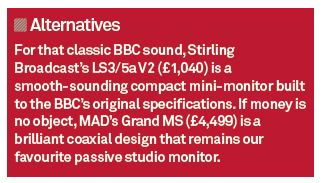
The sound of the 1920S couldn’t be more different from the usual compact designs that dominate the nearfield monitor market. While many of these designs have an explicit, seat-of-your-pants delivery, the MADs possess a much more relaxed, organic flow, revealing the complete musical picture and allowing lengthy use without any listener fatigue. There’s no exaggerated treble, but the 1920S never sound dull, offering an unforced presentation that enables precise instrument placement within an expansive soundstage. Similarly, the way in which they portray depth and width is quite astonishing.

On first listen, the 1920S might sound slightly laid-back, especially when A/B-tested against more aggressive-sounding monitors; however, this smoother approach is due to the complete absence of midrange glare that plagues some nearfield designs. What these monitors do offer is a sweet top end that blends seamlessly with a deep, focused midrange, underpinned by an impressively solid low end.
The rear-firing port handles much of the LF output, deftly avoiding the mid-bass hump that is built-in to many compact designs to give a false impression of quantity. Instead, the low end has weight and depth, revealing the punch and texture of kick drums and allowing bass instruments to play a proper tune without any booming one-note waffle.
We noted during tracking sessions that the 1920S offered a much more 3D character to individual instruments than our Yamaha NS10s, detailing room ambience that was masked by our usual monitoring systems. In a multitrack mixdown, we were able to detect the individual sounds of two instruments – an electric guitar and a Fender Rhodes playing a phrase in unison – where our NS10s gave a more homogenised, indistinct sound.
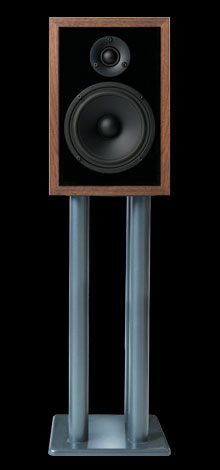
My Audio Design has created a wonderful monitor with the 1920S. Its delicious, classic sound is a refreshing change from the unforgiving nature of many modern boxes and it’s equally at home relaying both minimal acoustic recordings and complex mixes of all kinds. A very well thought-out and sophisticated design.
